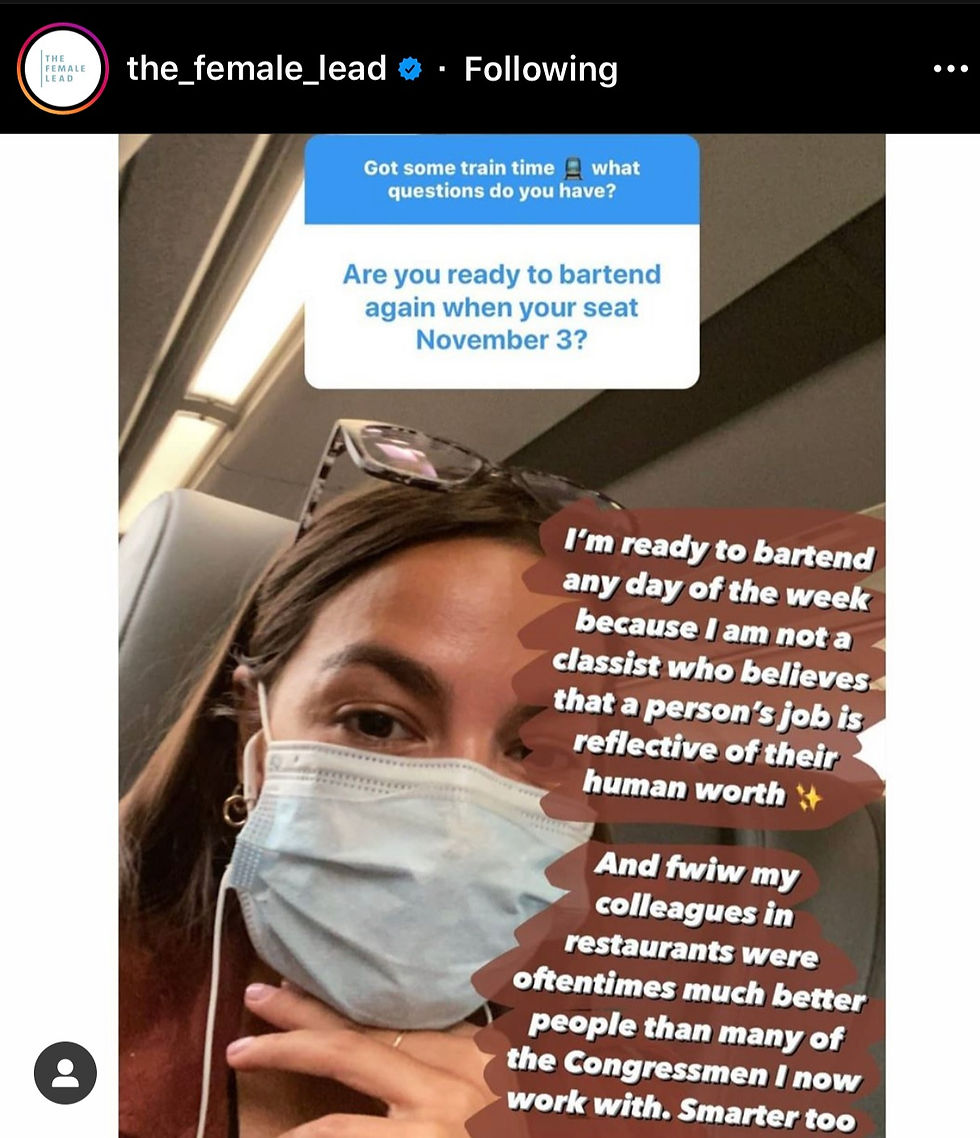Customer Support, Success, & Experience
- Shira Moskowitz

- Sep 3, 2020
- 2 min read
Recently during an interview I was asked what I thought the difference between customer support, customer success, and customer experience is. Quite honestly, I hadn’t really thought about this before and had often used these words interchangeably. But as I prepared to answer this question, I was struck by how distinct, and yet interconnected, these three categories of customer relations are.
When I visualize these categories of customer interactions, I imagine three concentric circles.

The smallest circle is customer support. Customer support is each unique interaction a brand has with their customers. The email correspondence, the ticket response, the phone call, these moments are customer support.
The second circle is customer success. Customer success is based on metrics. It encompasses each individual customer support moment, but looks at these interactions collectively, from a birds eye view. Customer success asks the questions:
“How quickly are we responding to our customers’ needs?”
“How satisfied are our customers with our responses?”
“What is our net promoter score?”
“Are we retaining our clients?”
“How are they utilizing our products? And how often?”In many ways, these questions encompass the cumulative result of each customer support interaction, while also adding a unique nuance to the overall understanding of the customer relationship.
The third circle is customer experience. Customer experience encompasses each customer support interaction and every customer success metric but it goes a step further. It is the most important piece of the puzzle, but the hardest to measure. Customer experience is the way a customer feels about your brand. It brings in other teams from marketing to product development. Of course, this feeling is impacted by their interactions from the customer support circle and the metrics from the customer success circle, but it is also the way the customers feel when they go to your website or your store, it’s their desire to engage in the content your brand creates, and it’s the articles and stories they read about your brand.
Last year I bought an Away suitcase. I had a positive experience at their store. The delivery was free and seamless. And so far, I’ve enjoyed using my bag (even though it’s traveled far less than I would have hoped). Yesterday, the zipper broke. It was a minor inconvenience but I was annoyed. After all, the Away bag isn’t cheap. I emailed their customer support team and expected them to make me jump through hoops to allow me to cash in on the lifetime warranty, but instead they made it simple. They responded to my email immediately with a thoughtful apology and the steps I needed to take to exchange the bag. Their customer support team nailed it and from a customer success perspective I will definitely promote their product, but my overall customer experience was still impacted by the articles I read last year about their work culture.
Many job titles and descriptions choose one of these three categories. It is a helpful way to clarify for the applicants what they will be doing on a daily basis, but it is also extremely important to recognize the interconnectedness of customer support and customer success in creating a positive customer experience.



Comments